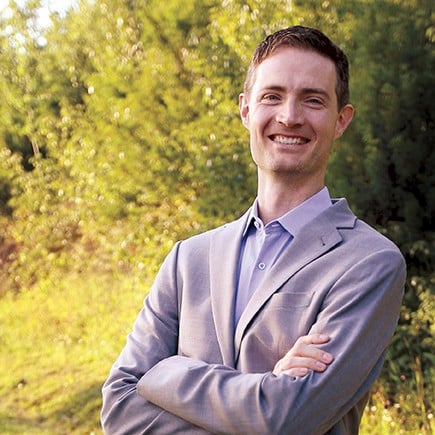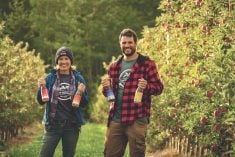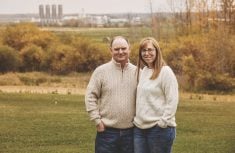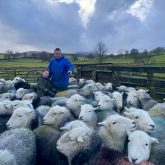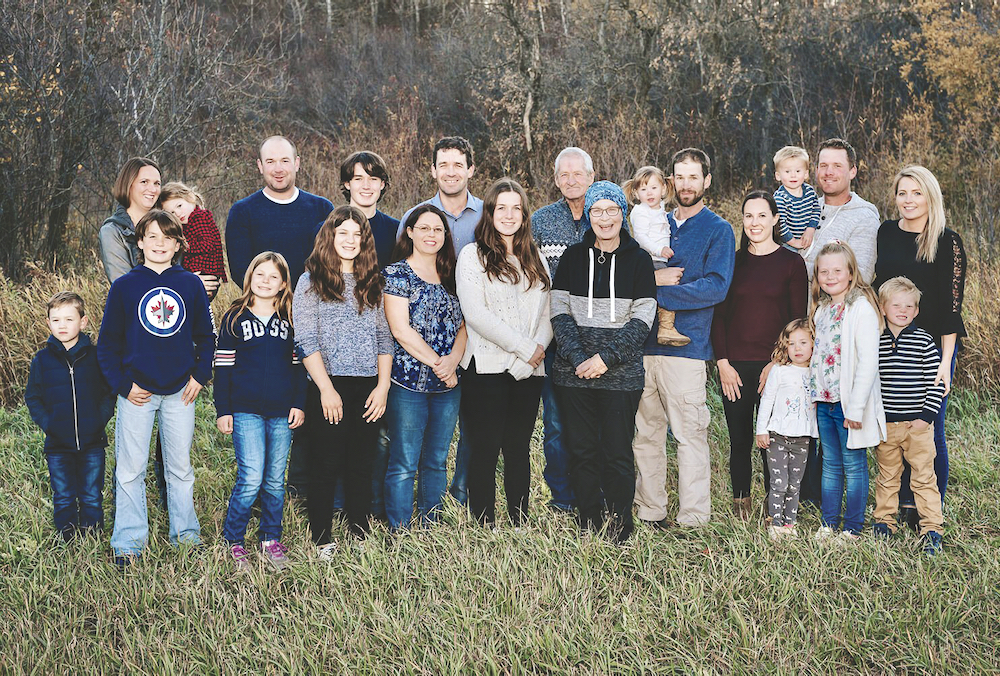In the articles below, we travel to southwestern Alberta to hear first-hand what it’s like to ranch in the foothills, a region that’s every bit as romantic as it sounds, dominated by scenery, wildlife, unbelievable weather and pristine glacial rivers that feed Canada from the Rockies all the way east to Hudson’s Bay.
For conservationists and hunters alike, it’s paradise. An enormous diversity of native grasses, plants and trees provides habitat for some of the country’s most iconic animals … cougar, grizzly bear, lynx, wolf, wolverine, woodland caribou, moose and elk.
But here’s what may be most surprising of all. This place is also a hotbed of agriculture, all founded on ranching and its fabled cowboy culture, and all driven by ranchers who, as you will see, are intent on preserving the ecosystem that they live in such close harmony with.
Read Also

What to consider when setting up farm-related business ventures
Things to consider before launching a farm-adjacent side business.
Of course, they aren’t the only humans in the landscape. The area is also incredibly important to the urbanites of Calgary and to tourists and nature lovers from around the world, who see this region and its endless mountain ranges, lakes and trails as their birthright.
Such diverse demands could could be explosive. And there are problems, like coal. But somehow, the area’s rugged ranch heritage and its values-based entrepreneurial vigour keep everyone’s eyes on the future. Be prepared to be impressed.
John Smith and Laura Laing
Plateau Cattle Company
Near Chain Lakes Provincial Park, Alta.
In the same country that’s been ripped open by controversy over a new generation of massive open-pit coal mines, the husband-and-wife duo of John Smith and Laura Laing trail their cattle to pasture the way ranchers always have, by horseback.
They could use ATVs but the horses generate less noise and keep the animals’ stress levels lower. That matters to Smith and Laing. Besides, there are certain pastures that are exclusively accessible by horseback.
Anyone farming almost anywhere else in the country might object that outdated technology like horses can’t possibly make economic sense. The couple are unphased. To them, the animal welfare and handling protocols they employ are crucial to their business.
Tanis Cross
A7 Ranche , Williams Coulee
25 kilometres west of Nanton in the Porcupine Hills
As you pull up the main drive to the A7 Ranche, you get a feeling there must be real history and tradition at work here, and you’d be right. This ranch been running cattle for 135 consecutive years, back to when Calgary had only been a town for three years.
Tanis Cross represents the newest link in a chain reaching back four generations. Her great-grandparents were among Canada’s — certainly Alberta’s — original power couples, A.E. Cross and Helen Macleod.
A.E. was one of the prolific “Big Four” who created the Calgary Stampede and the city’s first brewery — The Calgary Brewing and Malting Company. He met his match in Helen, the daughter of James Macleod, one of the first commissioners of the RCMP.
The story goes that the two once faced off in a barrel race and the official timer could not determine who won. The rest is history.
Mike Roberts
Manager of the Waldron Ranch
West of Nanton
Waldron Ranch is 65,000 acres of unbroken foothills wedged between the Porcupine and Whaleback Hills in Alberta’s eastern slopes, and it is one of Canada’s most important ecological sites.
These acres are a mixture of deeded, leased and forested areas. In the summertime the ranch is stocked with up to 8,000 cattle at a time. By season’s end, 13,000 will have grazed in its pastures.
At 261 square kilometres, the ranch takes a full 20 minutes to drive by at 110 km/h if you’re heading south towards the Crowsnest Pass.
Begun in 1962, this grazing co-operative was formed by 116 ranchers, including the storied Maurice and Harold King, who recognized the site’s potential. The farmers collectively purchased the land at a cost of $1 million; three producers had to personally guarantee the initial loan in case anything went awry. Thankfully, though, by 1972 the ranch was paid in full and now the land is estimated at more than $80 million.

